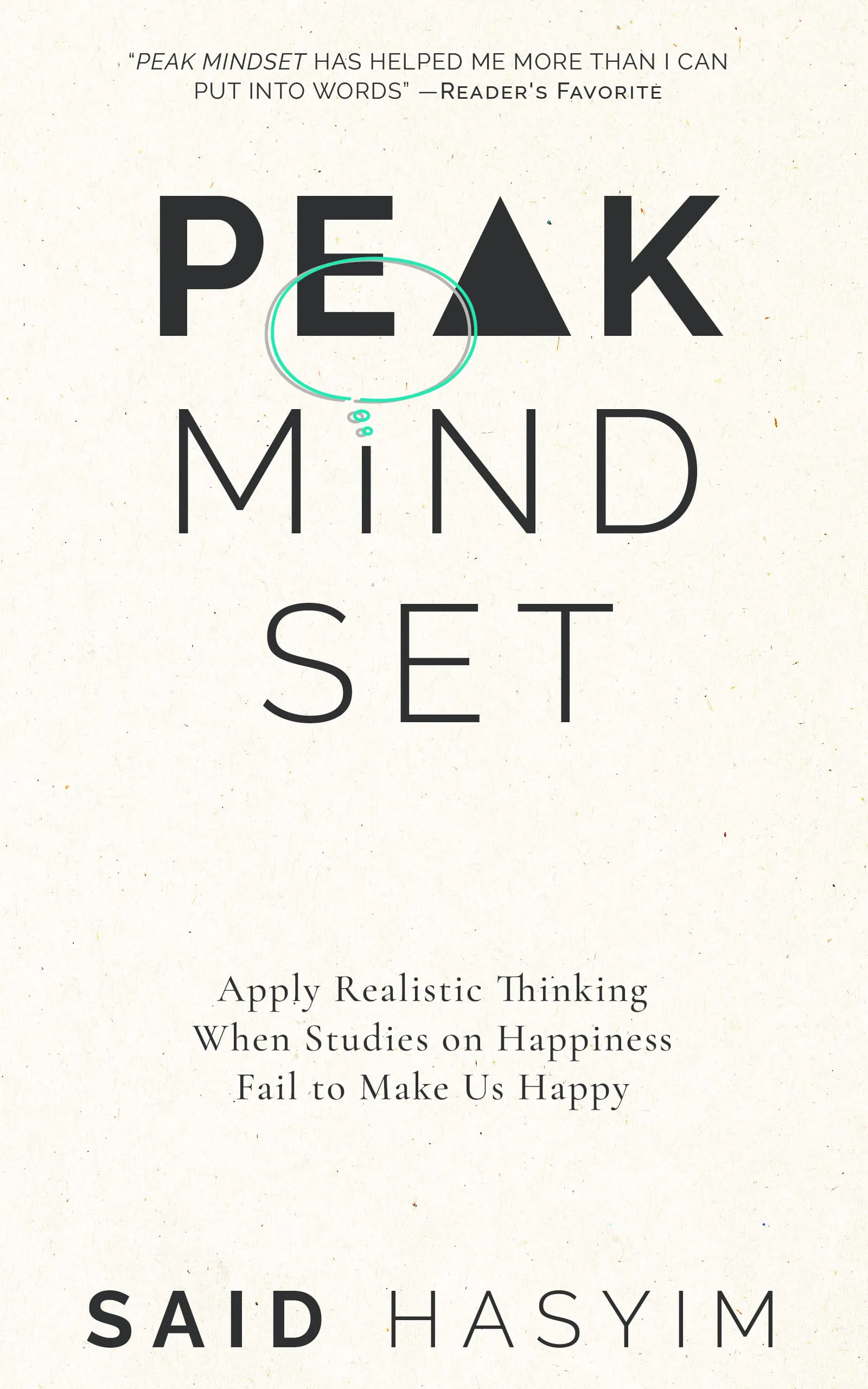The Truth About Happiness: Embracing Realism
Happiness is often portrayed as a fleeting, elusive state of being—a goal that we are all desperately chasing. From social media influencers showcasing perfect lives to motivational speakers preaching about the power of positive thinking, it can be difficult to separate out authentic happiness from societal expectations or curated personas. In this blog post, we aim to explore the truth about happiness through the lens of realism, moving beyond the superficial to discover a deeper, more sustainable understanding of what it means to be truly happy.
1. The Myth of Constant Happiness
One of the most pervasive myths about happiness is the idea that we should always be happy. This belief can lead to disappointment and frustration because it sets unrealistic expectations. Life is inherently a mixture of ups and downs, and it’s perfectly normal to experience a range of emotions. Recognizing and accepting that sadness, anger, and anxiety are part of life can help mute the pressure to remain in a perpetual state of joy.
Happiness, much like the weather, can change with the seasons. Some days may be bright and sunny, while others might bring a storm. Embracing this variability allows us to appreciate the moments of joy even more when they do occur.
2. The Role of Realism in Happiness
Realism doesn't require you to paint a bleak picture of your life; rather, it encourages you to see things as they are—acknowledging both the beautiful and the difficult. Adopting a realistic perspective can lead to healthy expectations and a more meaningful understanding of happiness.
2.1. Acceptance of Emotions
Realism in the context of happiness means accepting that emotions are complex and multifaceted. Embracing the full spectrum of emotions allows for a deeper understanding of ourselves and our experiences. By accepting negative emotions rather than resisting them, we can learn valuable lessons and grow from the experience.
2.2. Balancing Pleasure and Purpose
A truly fulfilling life is not simply about seeking pleasure. While it is important to engage in enjoyable activities, it is often our sense of purpose that anchors us and leads to long-term contentment. Realism helps us focus on how to make meaningful contributions to our community, relationships, and ourselves, valuing the journey rather than just the destination.
3. The Power of Authentic Connections
Connection with others plays a vital role in happiness. However, these connections can often become superficial in a digitized world dominated by likes and shares. Realistic happiness emphasizes the quality of our relationships over quantity.
3.1. Building Depth in Relationships
Investing time and energy in authentic relationships fosters a sense of belonging and support. This means surrounding ourselves with people who challenge us, celebrate our successes, and stand by us during tough times. Authentic connections often involve vulnerability and honest communication, which can lead to richer and more rewarding relationships.
3.2. Community and Belonging
Engaging in community activities and shared interests can provide a sense of purpose and belonging. These connections not only contribute to our happiness but also remind us that we are part of something larger than ourselves.
4. The Importance of Self-Acceptance
Practicing self-acceptance is essential for embracing realism. Many people develop a distorted view of themselves based on comparisons with others or societal standards. This can lead to feelings of inadequacy and unhappiness.
4.1. Understanding Our Values
Take some time for self-reflection. What truly matters to you? Understanding your values can guide your life choices and bring a sense of clarity and direction. Recognizing what makes you happy on an individual level is crucial in navigating life’s challenges.
4.2. Embracing Imperfection
It’s important to accept that none of us are perfect. The pressure to have everything figured out can be overwhelming. Embracing your imperfections allows for a more compassionate view of yourself and encourages growth and resilience.
5. Finding Contentment in the Ordinary
Happiness is often sought in grand gestures or significant milestones. However, true contentment may be found in the ordinary moments of life.
5.1. Mindfulness and the Present Moment
Practicing mindfulness can help ground us in the present, where life is happening right now. Learning to appreciate the little things—a warm cup of coffee, a beautiful sunset, or a good book—can cultivate gratitude and lead to a more profound sense of satisfaction.
5.2. Creating Routines and Rituals
Establishing daily routines and small rituals can provide stability and joy. Whether it’s a morning walk, a quiet moment of meditation, or cooking dinner with loved ones, creating consistency can enhance our overall sense of well-being.
6. Conclusion: A Journey Towards Realistic Happiness
The journey towards authentic happiness is not a linear path. It’s filled with twists and turns, highs and lows. By embracing realism and accepting that happiness exists alongside sadness and challenges, we open ourselves to a life that is not only rich in joy but also in depth and meaning.
In a world that often equates happiness with success and perfection, let us remind ourselves to look beyond the surface. True happiness is about embracing life as it is and finding joy in the journey, not just the destination. So, let’s take a breath and accept the beautiful, messy reality of our lives. Happiness is waiting for you—not as a fleeting moment but as a steady companion on your journey.
Leverage Your Mindset for a Fulfilling Life
Explore Peak Mindset, a book to leveraging your subconscious for a more fulfilling life. Gain insights into realistic thinking, money management, and stress resilience to make informed decisions. Discover pitfalls in conventional happiness advice and practical strategies for self-transformation. Unlock your potential and enhance your overall satisfaction.
